Researchers have made a groundbreaking discovery in the field of paleontology, thanks in part to the help of a great-grandmother who worked in the Wyoming badlands. Paul Sereno, a paleontologist at the University of Chicago, was searching for a historic site where a famous dinosaur mummy was found in 1908. He reached out to a rancher, who shared information about his great-grandmother's job in the area, ultimately leading Sereno to the site.
The discovery, published in the journal Science, sheds new light on the appearance of the duck-billed Edmontosaurus annectens, a massive herbivore from the Cretaceous period. The researchers were able to study the scaly skin of a juvenile Edmontosaurus annectens, estimated to have been about 2 years old when it died. The specimen, nicknamed "Ed Jr.," provided valuable insights into the evolution and appearance of this prehistoric creature.
According to Sereno, the discovery was a result of a combination of old-fashioned detective work and modern technology. "We were able to use a combination of historical research, geological mapping, and remote sensing to locate the site," he said. "The great-grandmother's information was a crucial piece of the puzzle that helped us find the site."
The Edmontosaurus annectens was a massive herbivore that roamed the Earth during the Late Cretaceous period, around 65 to 68 million years ago. It was a key player in the ecosystem of the time, feeding on plants and playing a vital role in the food chain. The discovery of the juvenile Edmontosaurus annectens provides a unique glimpse into the life of this prehistoric creature and its evolution over time.
The discovery has significant implications for the field of paleontology, providing new insights into the evolution and appearance of dinosaurs. "This discovery is a great example of how paleontology is an interdisciplinary field that combines geology, biology, and history," said Dr. Tyler Keillor, a paleontologist at the University of Chicago. "It's a reminder that there's still so much to learn about the ancient world and the creatures that lived in it."
The discovery of the Edmontosaurus annectens is just one of many recent breakthroughs in the field of paleontology. As technology continues to advance and new discoveries are made, our understanding of the ancient world is constantly evolving. The discovery of the Edmontosaurus annectens is a testament to the power of collaboration and the importance of preserving historical knowledge.
The researchers plan to continue studying the Edmontosaurus annectens and its significance in the ecosystem of the Late Cretaceous period. They hope to gain a deeper understanding of the evolution and behavior of this prehistoric creature and its role in shaping the world we live in today.
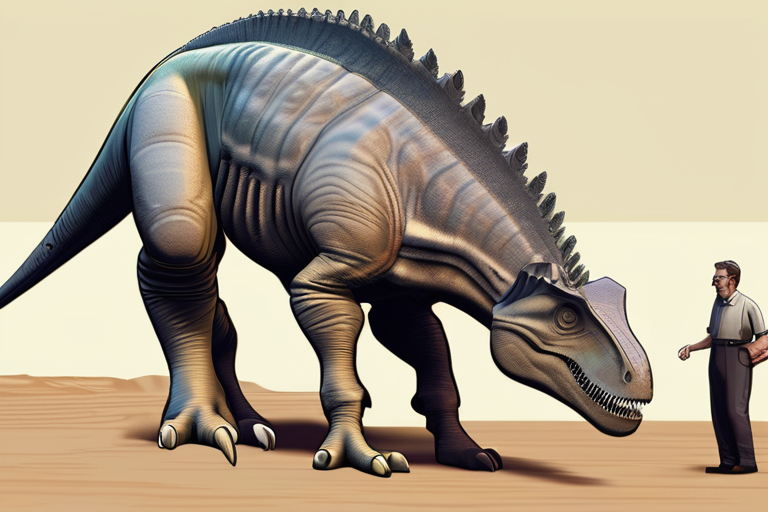


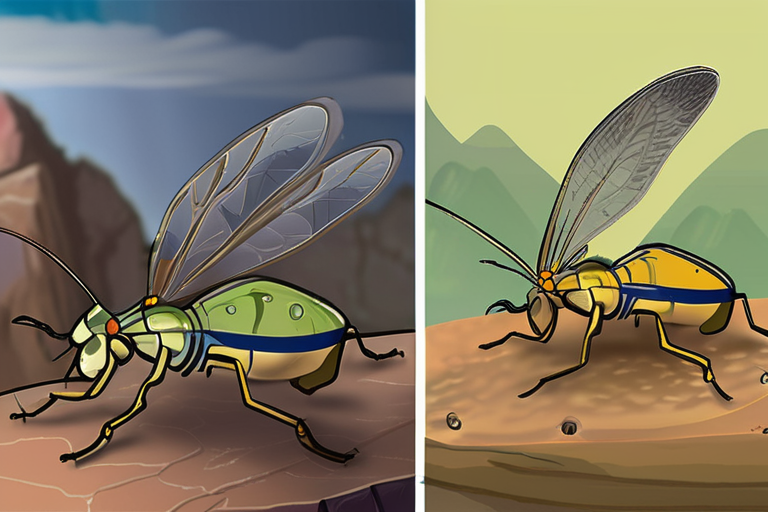




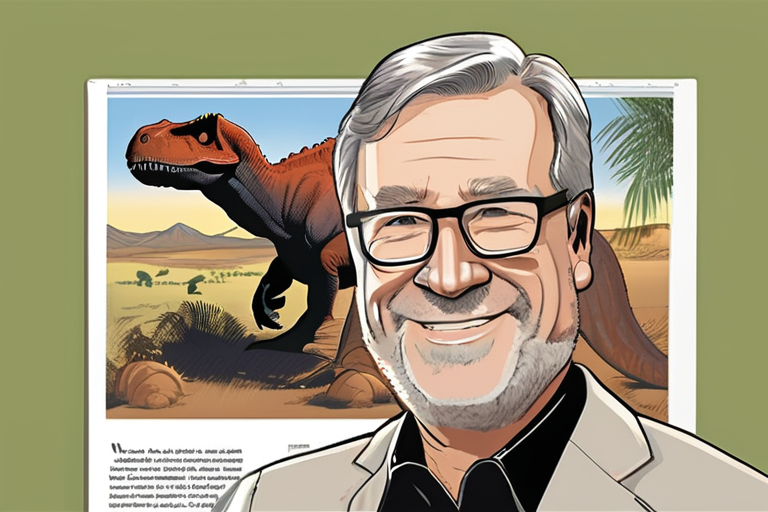



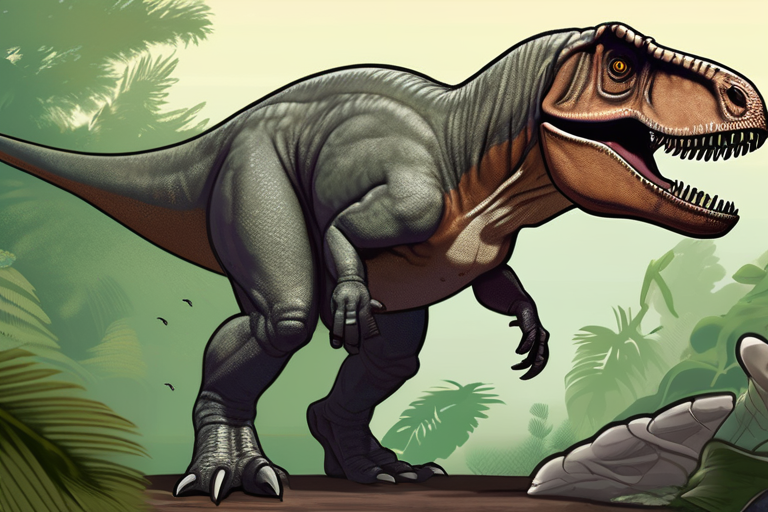



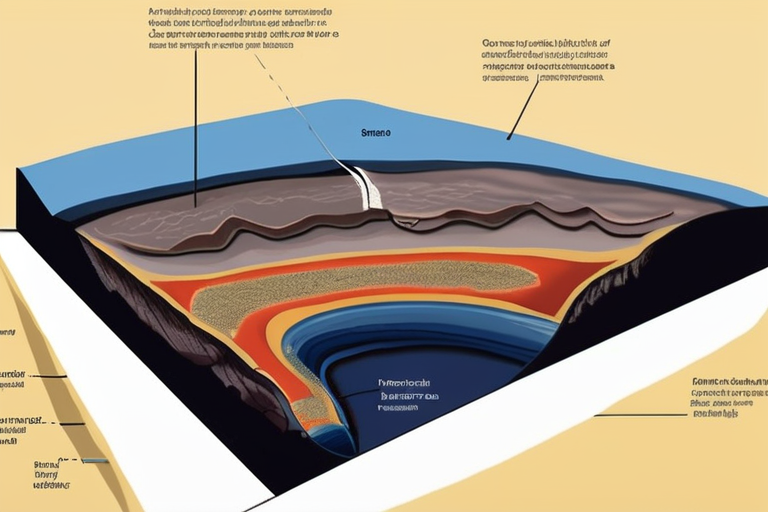



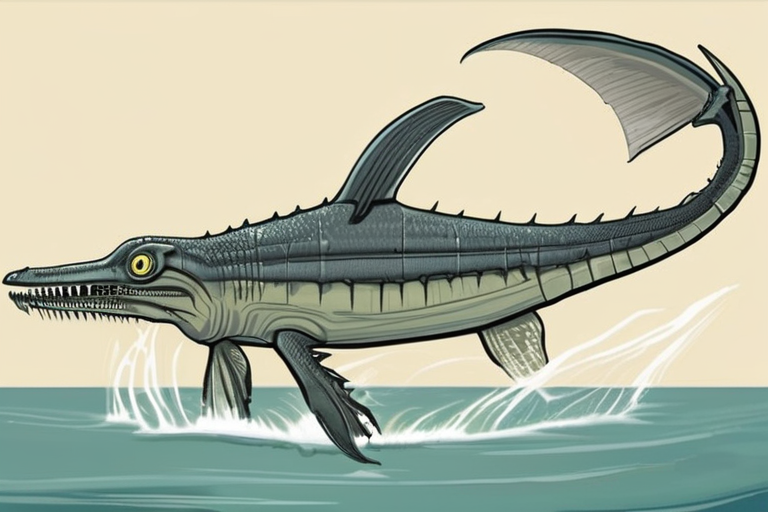
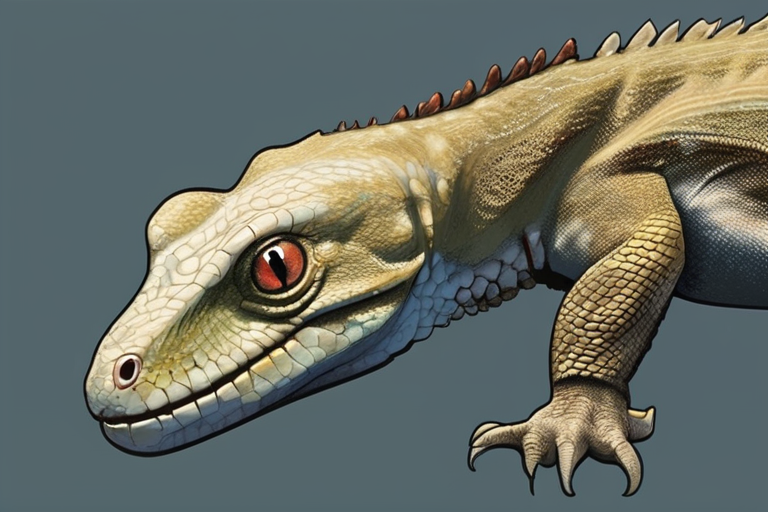
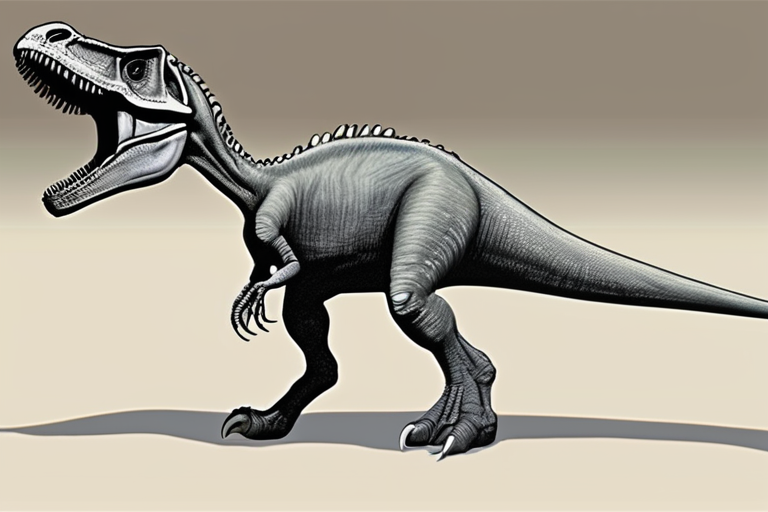
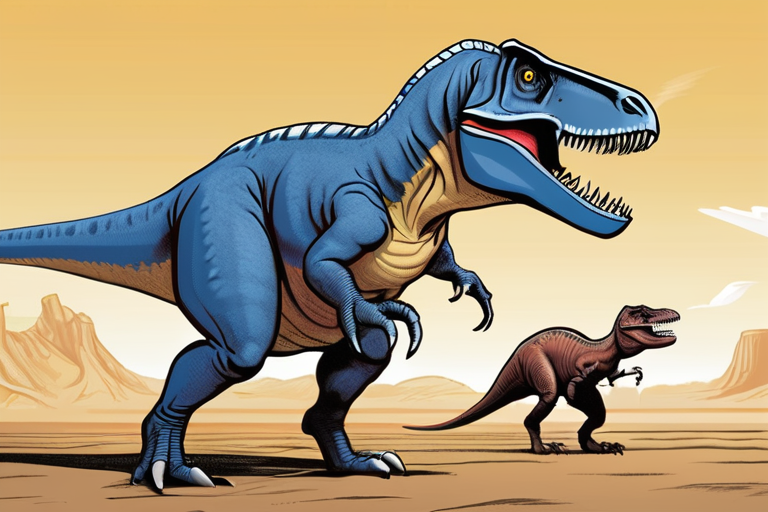

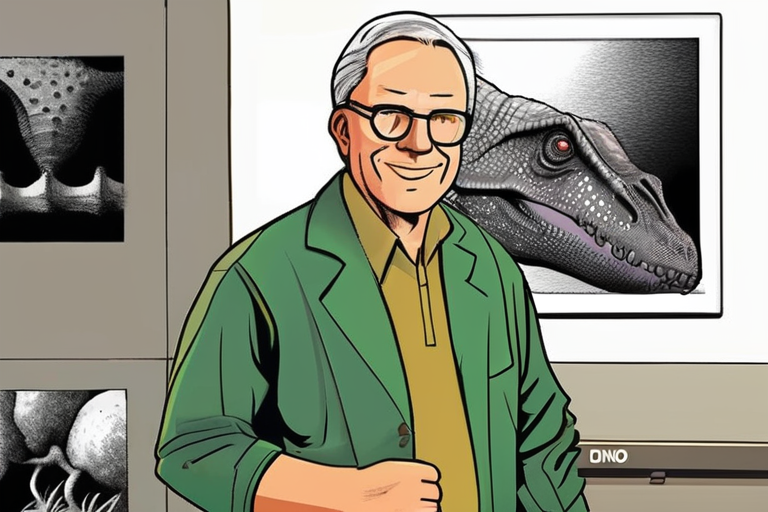

Share & Engage Share
Share this article